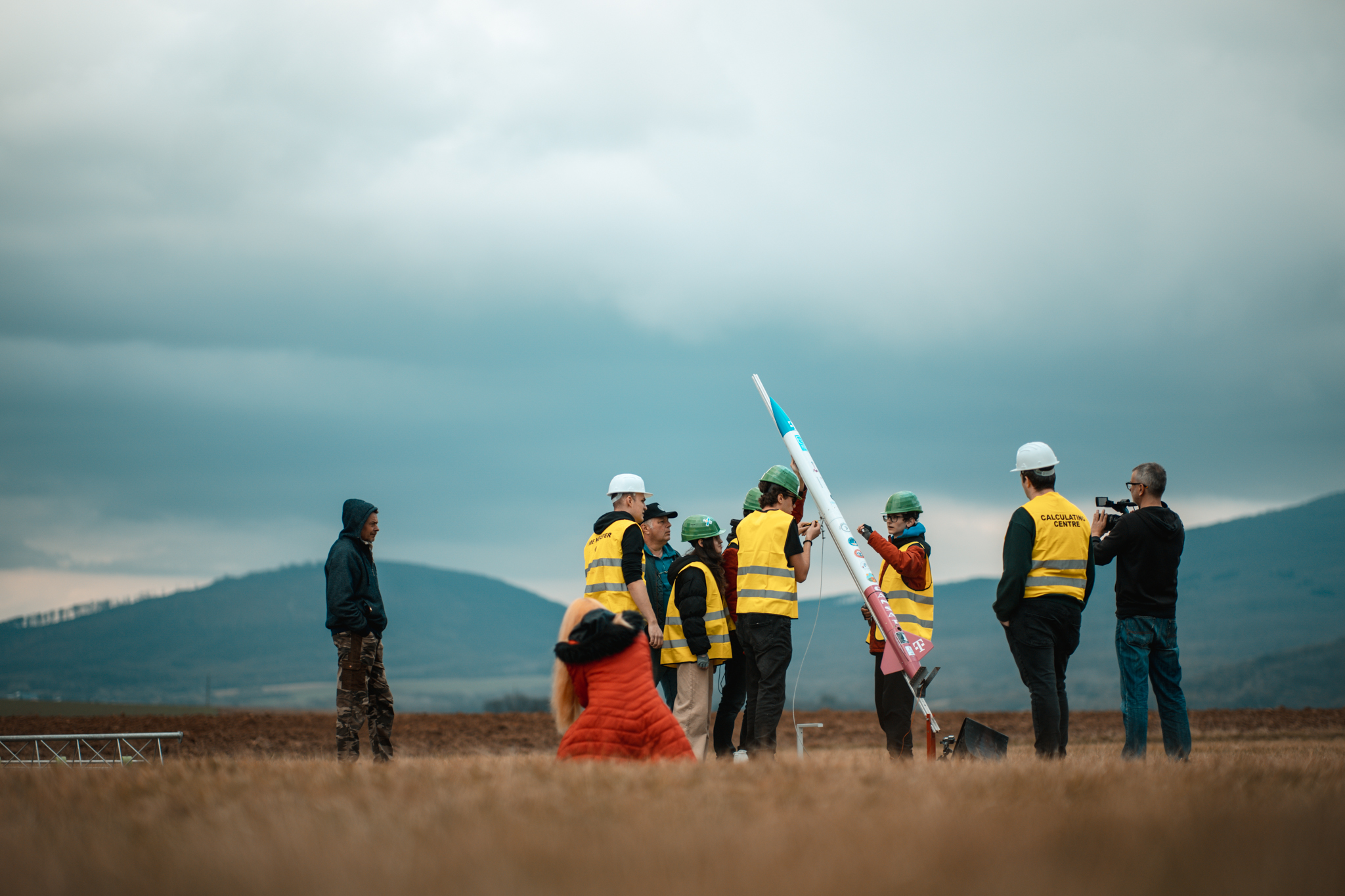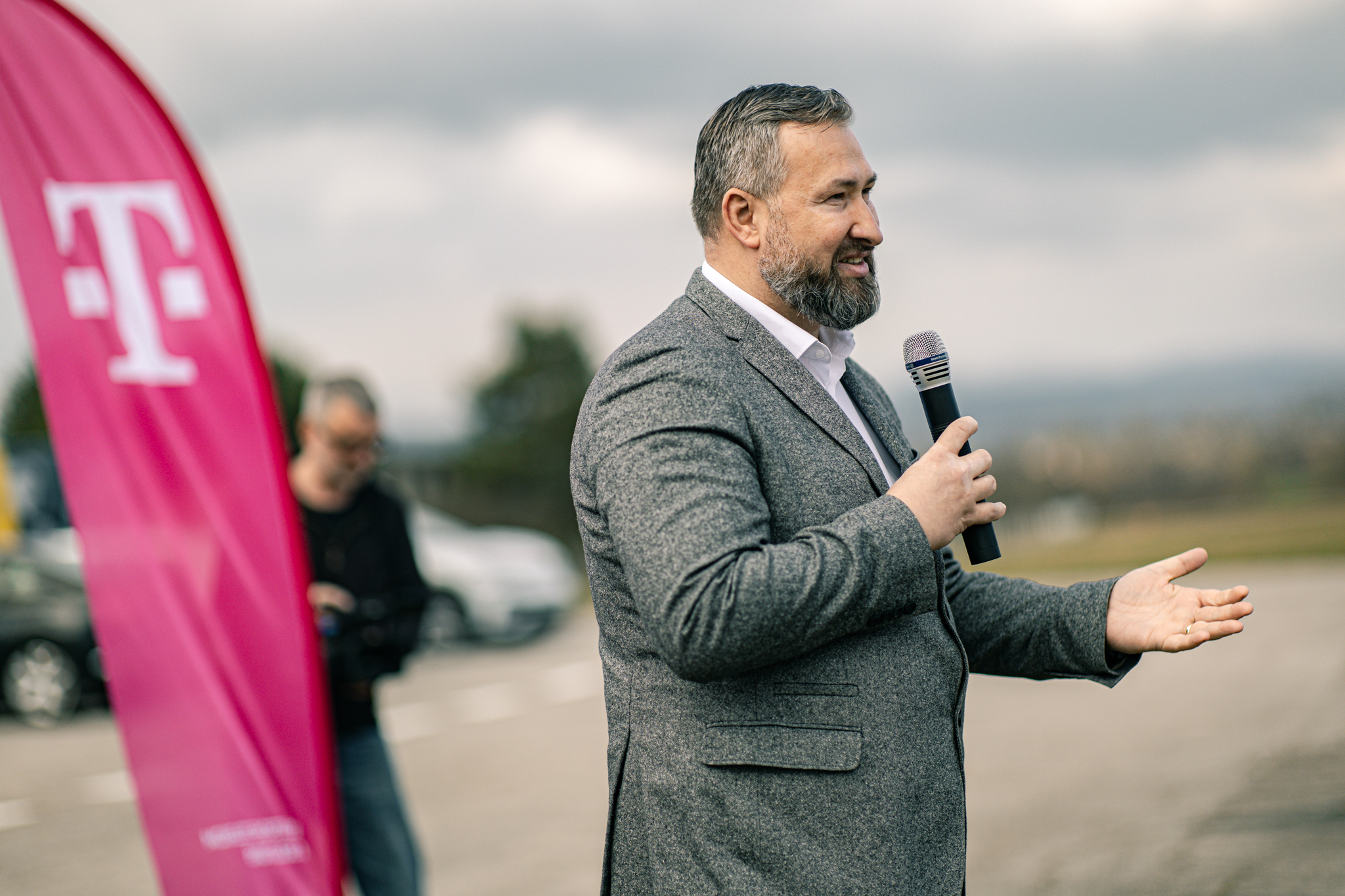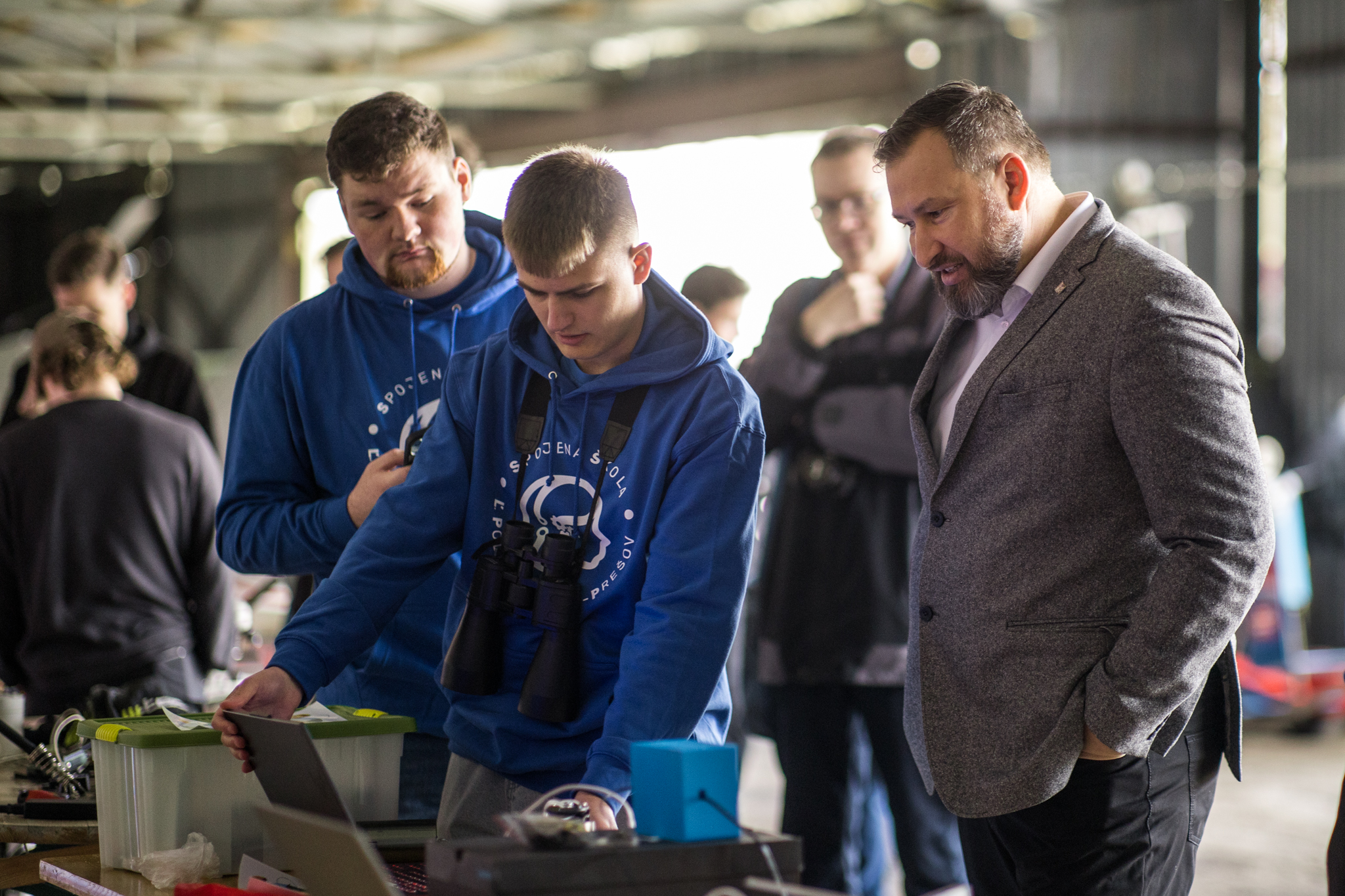
Under the auspices of the European Space Agency, hybrid rockets launched them to an altitude of approximately 1 km. After separation from the carrier, the satellites safely returned to Earth using parachutes and GPS.
Innovations from Young Scientists
The competition was organized by the Slovak Space Office in cooperation with the Faculty of Aeronautics at TUKE, Deutsche Telekom IT Solutions Slovakia, the Slovak Modelling Association, the Rocket Club of LF TUKE, and Global Logic. Students were tasked with constructing a satellite the size of a soda can, equipped with a power supply, sensors, and a communication system capable of conducting a scientific experiment or technological demonstration upon launch.

"The CanSat competition allowed students to gain valuable hands-on experience, develop teamwork skills, and foster innovative thinking in space technologies," said Ľubor Žatko, Managing Director of Deutsche Telekom IT Solutions Slovakia.

Two Missions for Each Team
As in previous years, each team had to complete two primary missions. The mandatory mission involved collecting and transmitting air temperature and pressure data at least once per second. The secondary mission was left to the students' creativity.
"This event raised awareness of opportunities in the space sector and demonstrated that it is a promising field for development," said TUKE Vice-Rector Juraj Gazda.
The Best Teams and Their Projects
The winning team, Artemis (Technical Vocational School, Rožňava), studied air quality changes depending on altitude, satellite localization upon return to Earth, and multi-channel data transmission.
Second place went to Rezistor Rebels (United School, Prešov) for monitoring forest fire hotspots using thermal imaging.
Third place was secured by ESPEŠKARI (Secondary Industrial School of Electrical Engineering, Košice), who analyzed the presence of radioactive isotopes in the air.
Other teams focused on topics such as analyzing airborne microorganisms (SteinSat, Gymnázium sv. Edity Steinovej, Košice), collecting environmental data (Warhol’s, Secondary Industrial School of Electrical Engineering, Prešov), and calculating the curvature of the Earth based on captured images (POCanDoIt, Secondary Industrial School of Electrical Engineering, Prešov).

"The CanSat competition modernized education and opened doors to the space industry. The regional semifinals could serve as a foundation for the emergence of innovative technical ideas within the Eastern Slovak Space Cluster," added Martin Šechný, a teacher of professional subjects.
The event showcased that young innovators have great potential to contribute to the growth of the space sector in Slovakia and Europe. The second edition of the CanSat competition was a great success, and we are already looking forward to the next edition!



